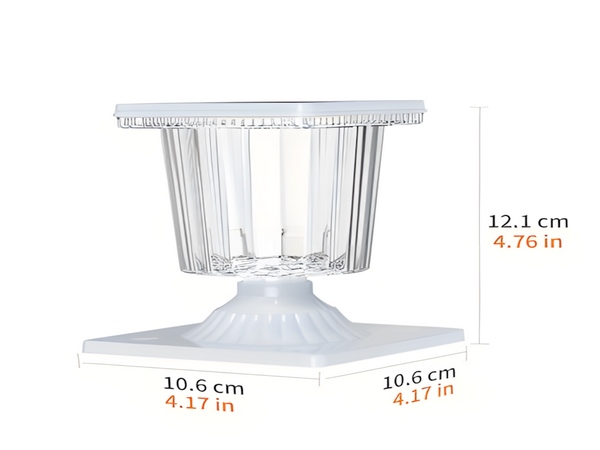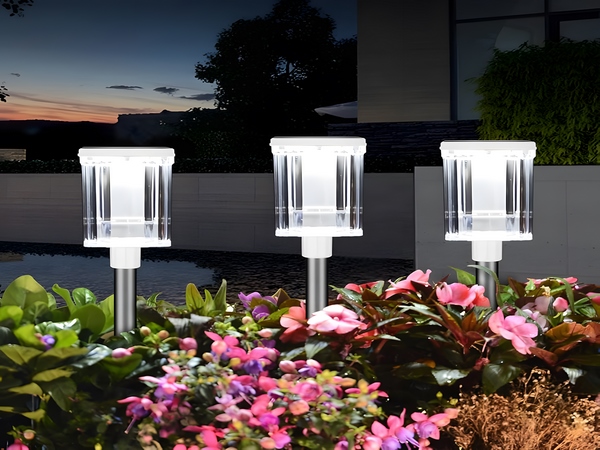
Solar streetlights mainly consist of several components: solar panels, batteries, dedicated controllers, light sources, and lamp poles. The brightness of solar streetlights is three times that of ordinary streetlights, which also extends the lifespan of the batteries and reduces the operational costs. To ensure normal lighting, dedicated inspectors regularly check for any abnormalities. So how can one determine whether a solar streetlight is functioning properly? The following details this process.

How to determine if a solar streetlight is normal during inspections?

First, one can assess the HV and LV parameters of the solar streetlight’s battery from the last seven days. If on any day the battery voltage falls below 9.3V, or if the HV value is nearly equal to the unloaded voltage of the solar panel, which is around twenty volts, then either of these cases indicates that the operational status of the solar streetlight is abnormal.
Different voltage ranges of the battery indicate different reasons for the solar streetlight’s malfunction. For example, when the battery voltage is between 0-1V, there is a higher likelihood of battery sensitivity issues, which can be correlated with recent weather conditions. If the battery voltage is between 2-8.5V, there is a significant chance that the battery is damaged, and it is recommended to replace the battery directly.
Additionally, one can determine potential abnormalities by examining the number of overcharging and over-discharging incidents for the solar streetlight’s battery. Typically, the number of over-discharges should not exceed the operational days of the solar streetlight; exceeding this number indicates a likely malfunction.
In summary, these are the methods to assess the normal functionality of solar streetlights during inspections. Solar streetlights are energy-efficient, environmentally friendly products that contain no toxic substances, pose no health risks, and do not pollute the environment.



